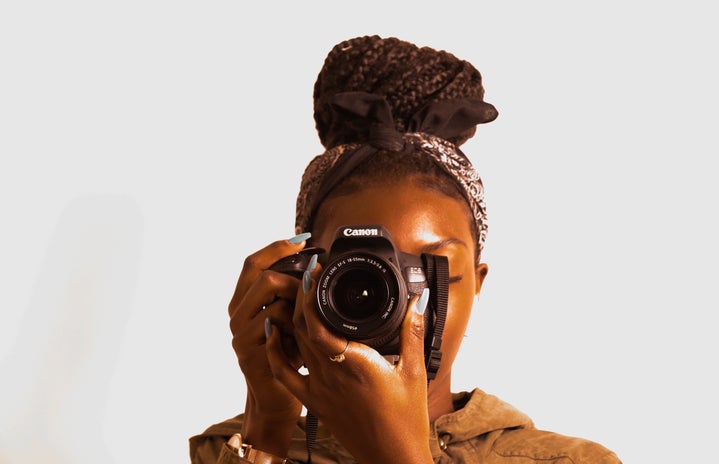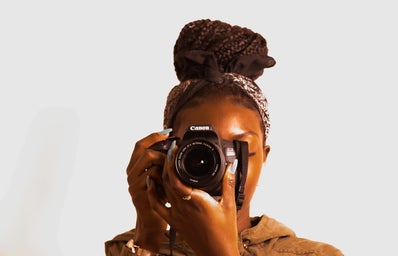Have you ever looked at a movie and started doing punnett squares in your head? Wondering how a dark-skin dad and light-skin mom, made an even lighter-skinned daughter. Although most know how one acquires their skin color and phenotypes is a more intricate process, this pattern in film and television does not go unnoticed.
According to Merriam-Webster, colorism can be defined as prejudice or discrimination, especially within a racial or ethnic group, favoring people with lighter skin over those with darker skin. This concept has been seen in all forms of media. Dramas, fantasy movies, and even period pieces have all taken part in this ideology, especially those that include young Black women.
Take the sitcom, Family Reunion, on Netflix. This show stars a Black family whose parents are played by Tia Mowry, a light-skinned woman, and Anthony Alabi, a dark-skin man. Now while most of the kids are a lighter brown shade, the eldest daughter, played by Talia Jackson, is the fairest of them all. This difference in skin tone was so striking that it had fans asking if the fact that she was adopted was left out of the script!
Even book-to-movie adaptations have fallen victim to the effects of colorism and its unconscious biases. In The Hate U Give, Starr Carter is a teenage girl determined to seek justice for a friend who was a victim of police brutality. Throughout the novel, she describes herself as having a medium brown tone and on the original book cover is illustrated with deep brown skin and an afro. However, in the movie adaptation, Starr is portrayed by Amandla Stenberg who is a mixed woman with lighter skin.
Now, you might be asking yourself about the “why” of colorism in Hollywood. Once you get past the hundreds of years of historical context and subconscious thoughts, it can mostly be boiled down to two things: stereotypes and palatability.
In a study by the Geena Davis Institute on Gender in Media, they found that 80% of the positive Black woman roles in media were portrayed by light-skinned women—this statistic, although saddening, is not shocking. Due to European culture and beauty standards, light-skinned women are more digestible than women of darker shades. The proximity to whiteness that lighter-skinned women hold gives them a certain amount of privilege. Being able to inspire and lead is an easier task when mass audiences can actually tolerate and accept how you look.
So after one has cast the part of the role model, a classy and somewhat agreeable character to people with lighter skin, what do dark-skin women have left? Enter the “sassy Black friend” stereotype. Typically gifted to those who would fail the “Paper Bag Test”, the sassy Black friend is a hindrance when trying to debunk negative characterization.
A prime example of this would be in The Proud Family and its depiction of Dijonay Jones. The character is illustrated as a short, chubby, and dark-skin girl in her adolescence. Throughout the television show, she is portrayed as ghetto, obnoxious, and a bit of a bad friend. Some may think that this cartoon’s stereotyping is just a bad choice in personality and illustration pairing, but this is not an isolated incident.
On the hit 90s TV show, Martin, Pam is portrayed by Tichina Arnold. Being the only consistent dark-skin woman on the show, she plays into the Sapphire caricatur, better known as the “angry Black woman” role. Defined as being emasculating, stubborn, and abrasive, this stereotype has hurt so many dark-skin women. Aggressive portrayals like this have even put Black actresses in a box with a 29% higher chance of being type-cast as violent characters.
This form of bias even affects actresses already established in show business. Award-winning actress, Viola Davis, said during an interview with The Guardian that she wants to change the way audiences see Black women and how multi-faceted they can truly be, showing that this battle can be seen in all levels of success.
The proof is in the pudding when it comes to colorism in Hollywood. It just depends now, on who is willing to take that proof and eradicate the harmful lies and assumptions that come with it.


